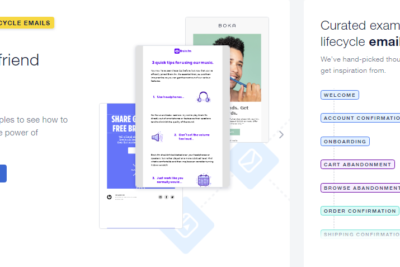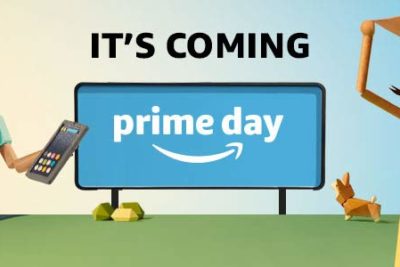When you make a sale, that’s just the beginning. That purchase should serve as a trigger, building the foundation for the next interaction and ultimately, a long and loyal relationship. Luckily, marketers already have the perfect channel to pull that off: email.
Email is both the most lucrative marketing channel — the average ROI is 145%, according to 2018 research from the Association of National Advertisers and the Data & Marketing Association — and the channel where customers most want to hear from brands. Put those two together, and email is a natural fit for retailers looking to increase revenue, especially post-purchase.
Any of the following four strategies can help you build a solid relationship with your customers.
1
Set a foundation in the confirmation
When someone makes a purchase, you’re almost certainly going to send a confirmation email. And the customer is almost certainly going to open it. Research from Borrell Associates, Inc. and Merkle found that 64% of consumers believe these are the most valuable emails in their inboxes. Capitalize on that engagement, first by thanking the customer for making the purchase and then using the order confirmation as a trigger to upsell.
This confirmation email from Rent the Runway is a nice twist on a confirmation email for a subscription service where returning items is usually part of the process. Here, the email uses a return reminder to persuade the customer to buy the item, framing it as a service benefit instead of a sales opportunity. The promotion doesn’t come across as pushy, though, because the call to action is “See your discount” instead of “Buy it now.”
2
Make it a series
A post-purchase email is great; a post-purchase series is better. One way to boost revenue with a post-purchase series is to make product recommendations (personalized, of course) at every touch and increase incentives over time.
Maybe your customers aren’t interested immediately in your initial recommendations. Build on that later by re-engaging with a time-bound discount. By offering that discount down the line, you’re less likely to train customers to buy only on promotion.
This email from Burton actually has enough content for three post-purchase emails: at top, a review request that leads easily from the clickable stars to a review page at the website, an invitation to join the brand conversation on Instagram, and the array of recommended products at the bottom.
3
Lean into your loyalty program
If there’s any doubt that loyal customers are the best customers, look no further than Amazon, which invented a multi-million dollar “Christmas in July” for Prime members.
Typically home to a brand’s top customers, the loyalty program invitation is a crucial component of a welcome series. In many cases your new email subscribers are first-time customers, who might not know all the benefits of your loyalty program (yet).
Foot Locker’s email starts with a grabber subject line: “You’re already a great customer. Now earn rewards as a VIP!” The message lays out the benefits clearly and ends with a strong call to action.
4
Look to the future with AI
With artificial intelligence, you can use predictive analytics to look beyond what a customer did and zero in on what they’re likely to do in the future. Determine when (and what) someone is likely to purchase, and tailor your post-purchase messaging accordingly.
If they’re predicted to purchase soon, strong recommendations might be enough; they might not need an incentive. However, if they’re only 15% likely to buy, a discount can help close the next sale.
ShoeDazzle uses the lure of a deep discount on up-to-the-minute shoe styles and an AI-driven product assortment to bring customers back to buy again. It’s also an effective nudge to persuade customers to join its VIP program.
Wrapping up
Post-purchase messaging is just one event in the customer lifecycle. To learn about the others, and how they can drive ROI, check out Sailthru’s Guide to Increasing Revenue with Email.
Mike O’Brien is a content marketer for Sailthru, a leading platform for email personalization and cross-channel digital marketing.







